“CH” Proofing!
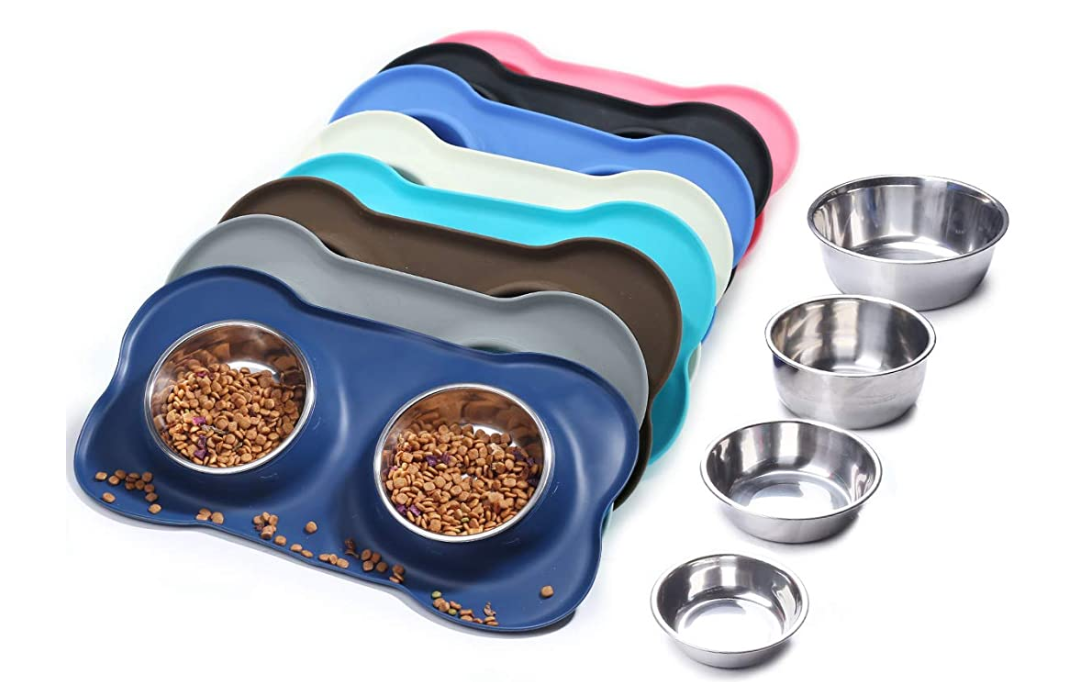
Adopting a new CH baby or a new CH pet parent? Take a deep breath and remember that you “got” this! Remember that JUST like children each pet is different so “proofing” for one family may not be exactly like the next!
What do you need to purchase BEFORE your new addition comes home?
- Food/Water Dishes (I always recommend a silicone based dish for safety and stability as pictured below – the photographed bowls you can remove the stainless steel dishes and strictly use the silicon portion for holding your new addition’s food & water!)
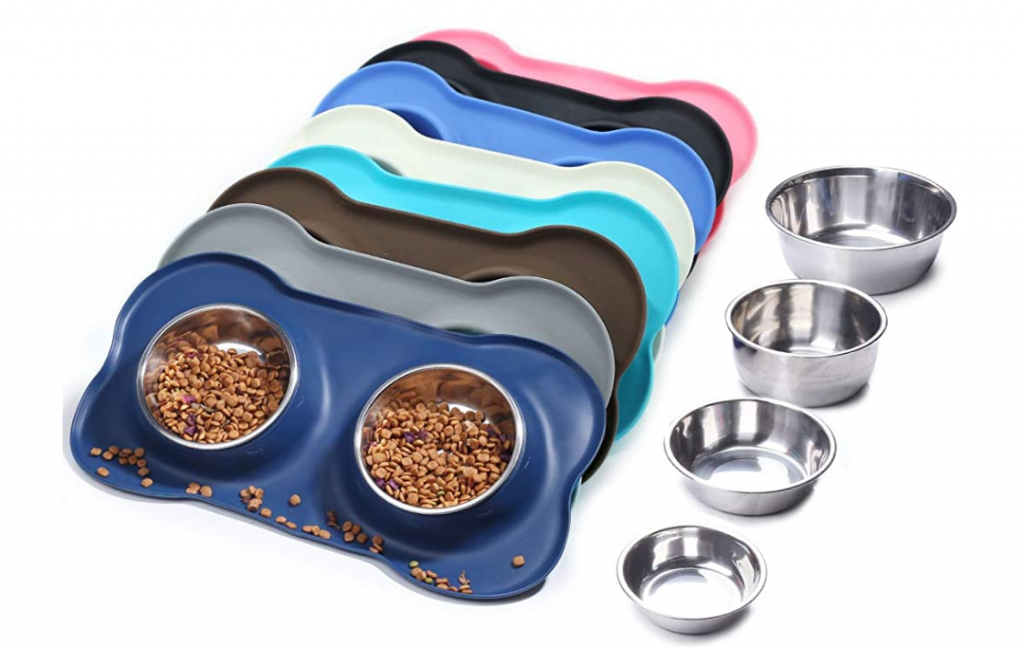
- Depending on the “severity” of your new special baby (Bifford is considered “moderate” and only needs certain accommodations) they may need ramps to help them into bed or furniture ! Again depending on the severity of your new baby you still may need to help them use the ramp/get onto the furniture to further insure their safety!
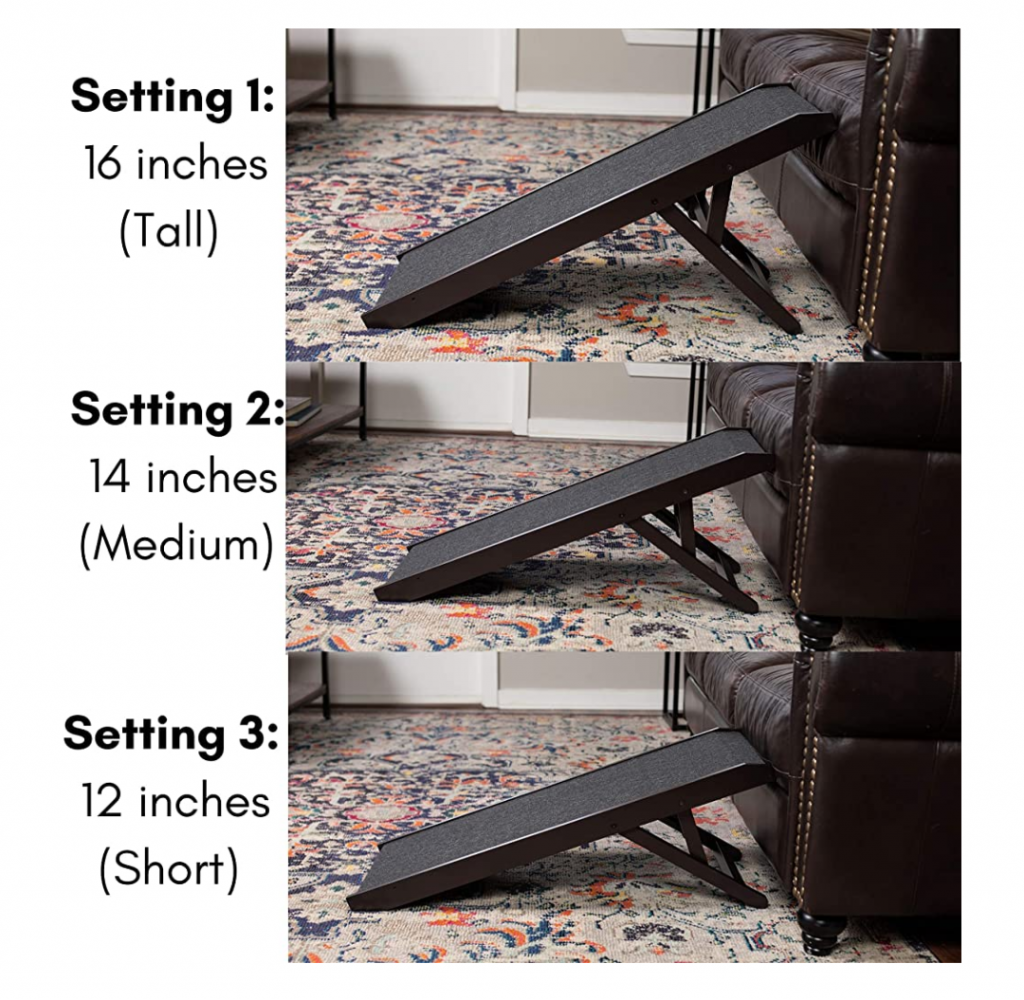
- Low rise litter box (or in Bifford’s case a rubber maid container with a hole cut out!)
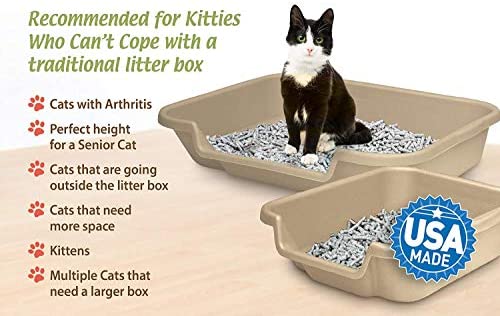
- Washable “pee pads” to use in the event of any “accidents” (or like we do with Bifford place them outside of his litter boxes to catch any mess he was attempting to bring with him!)
- Spray Shampoo (our favorite is Burt’s Bees brand of feline spray shampoo — no water and it has a nice natural scent to it that is not overpowering!)
Pet Proofing — “Safety!”
- Small and dangerous objects like paper clips, nails, staples, thread, pins/needles, rubber bands, tacks — basically anything that has fallen on the floor that shouldn’t be there.
- Any electrical cords that are too long, suggest taping the cords to the floor (a tape which can be purchased online) or running the cords out of your pets way.
- Intriguing things like plants, electrical cords, drapes, the pulls/cords on blinds, other cords.
- Also consider if there are any objects (furniture/decorations) that could fall over if knocked-into, or if something could fall of the furniture.
- Be mindful of sharp corners of furniture or fragile items that your new pet could accidentally fall into and cause them to break.
- Don’t forget to check your window screens — they should fit securely and should not give way in case your cat leans against them.
- Odoban! It comes in a spray bottle or a one gallon jug and it breaks up any enzymes in your pet’s urine or bowel movements that may be on the floor/blanket etc.!
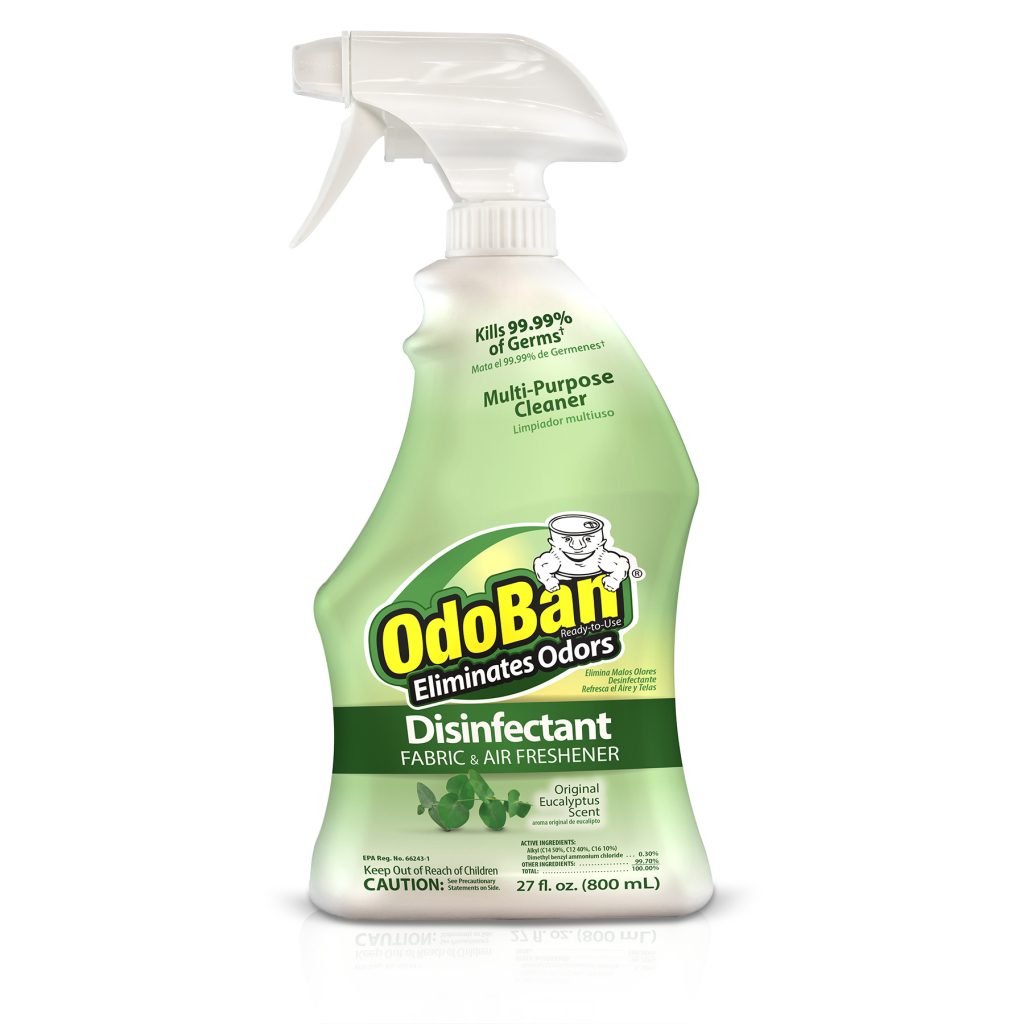
- Close closet doors and make sure you keep your room tidy. That means keeping laundry and shoes (consider shoelaces and loose buttons) in your closet or behind other closed doors.
- Remove plants, if necessary.
- Move all wires so they’re out of your pet’s reach.
- Take a look at what you have on night stands, dressers, etc. If necessary, move the items into a drawer or cabinet.
- Close all drawers entirely. You never know when a cat will crawl in.
- Check your bed’s box spring. Cats and kittens are known to find their ways into them.
- Be mindful of closed doors — make sure your cat isn’t in your closet or bathroom before closing the door.
- Purchase trash cans that your pets can’t get in to (like those with lids), or hide your trash can in a cabinet. Don’t forget about small wastebaskets in the bathroom — cats can easily turn them over and rummage through the contents.
- Use childproof latches to keep cabinet doors from being pulled open. (This is usually the case with cabinets that don’t have latches to keep them shut in the first place.)
- Place all medications, cleaners, and chemicals on high shelves or in childproofed cabinets. Similarly, keep insecticides, rodent poisons and dryer sheets out of reach.
- Look for small spaces your pets can squeeze into — behind appliances, between an appliance and the wall, etc. — and find ways to seal them.
- Always keep the doors to your washer and dryer closed. Before doing each load of laundry get a visual on every furry member of your household.
- Always put down the toilet seat lid. Cats can easily fall in and drown.
- Again, look for small spaces your pets can squeeze into — under your couch, holes in furniture, etc. — and find ways to seal them.
- Move wires and cords from lamps, entertainment systems and phones so your cat can’t access them. Petfinder.com suggests running the cords through PVC pipes to prevent pets from chewing on them. You can also purchase sprays that give the wires a bad taste, or run them under heavy rugs and carpets.
- Watch your cat carefully when opening a front or back door.
In some severe CH cases your pet may benefit from you purchasing a “portable crib” for pets (found the one photographed below on Amazon) to help keep your baby safe (and the carpeted insert allows you to easily remove it to wash it in the event of any “accidents”!)
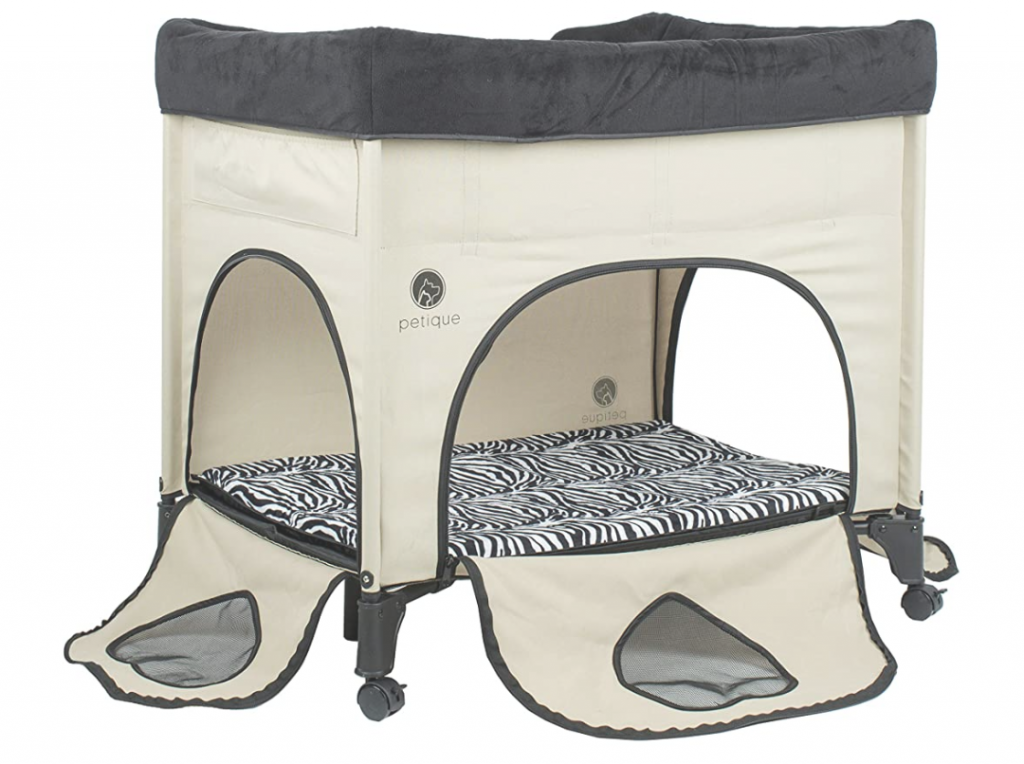
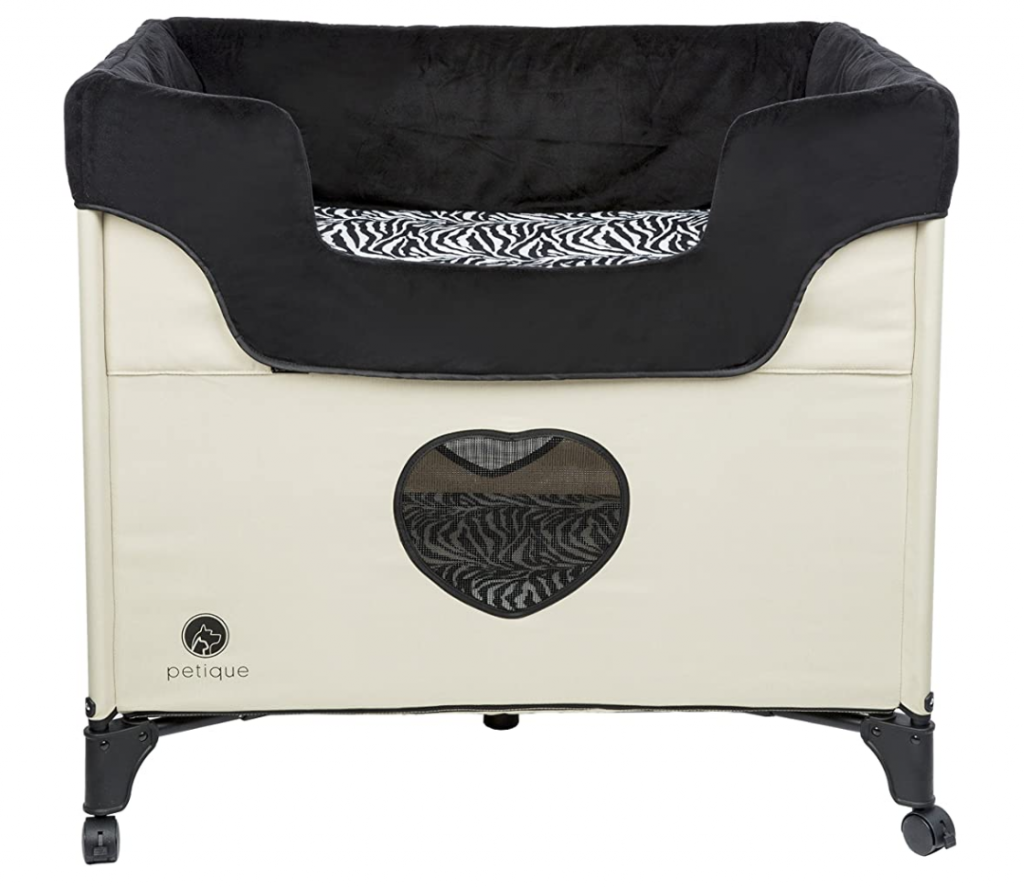
Have any suggestions/tips or tricks? Post them below and we will include them in our “Guide for New CH Pet Parents!”